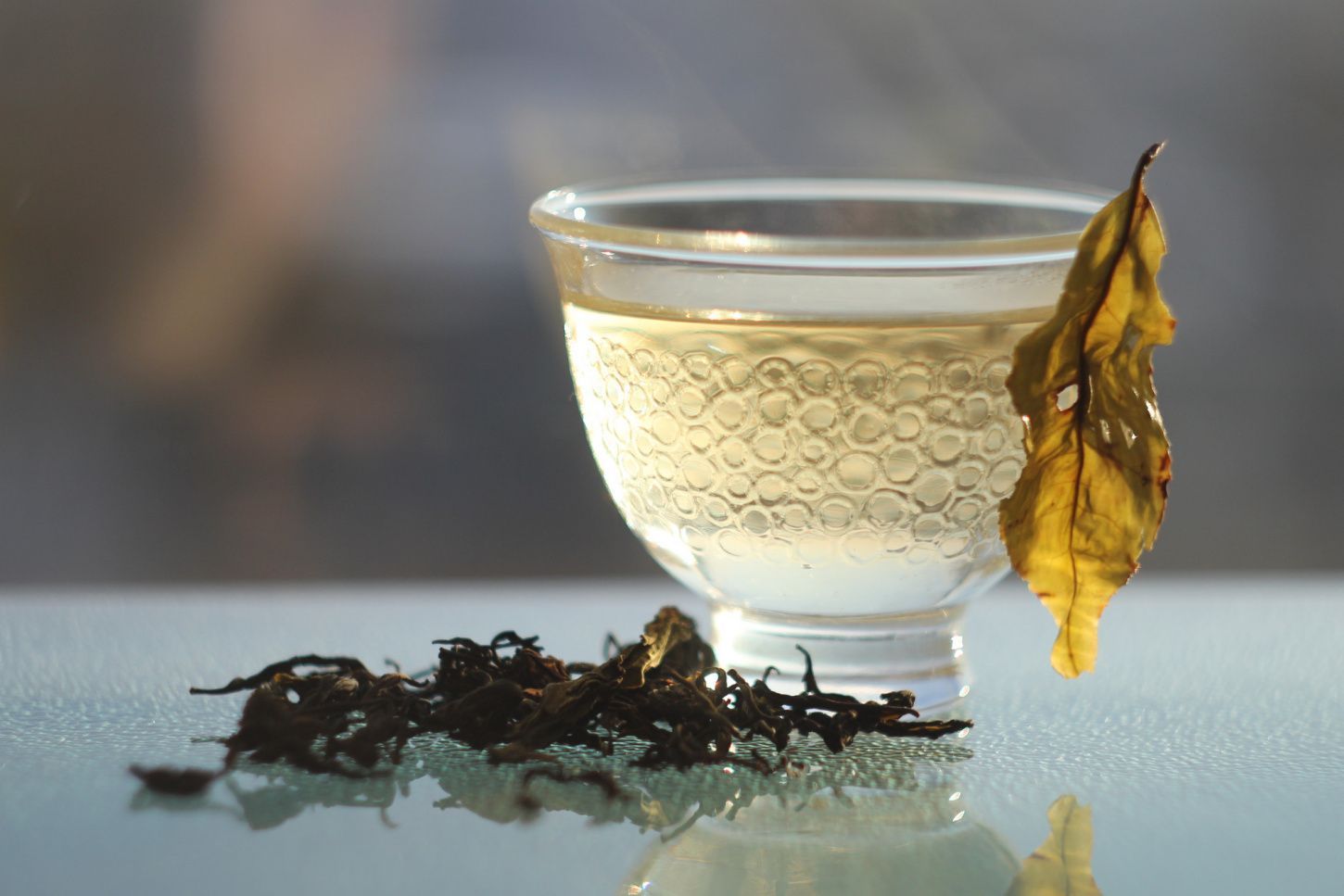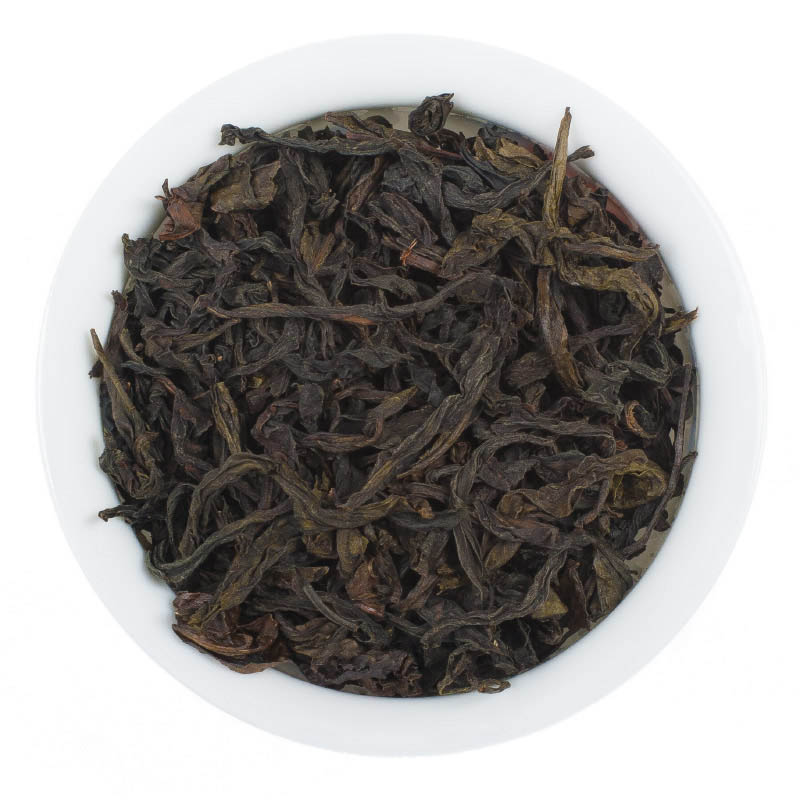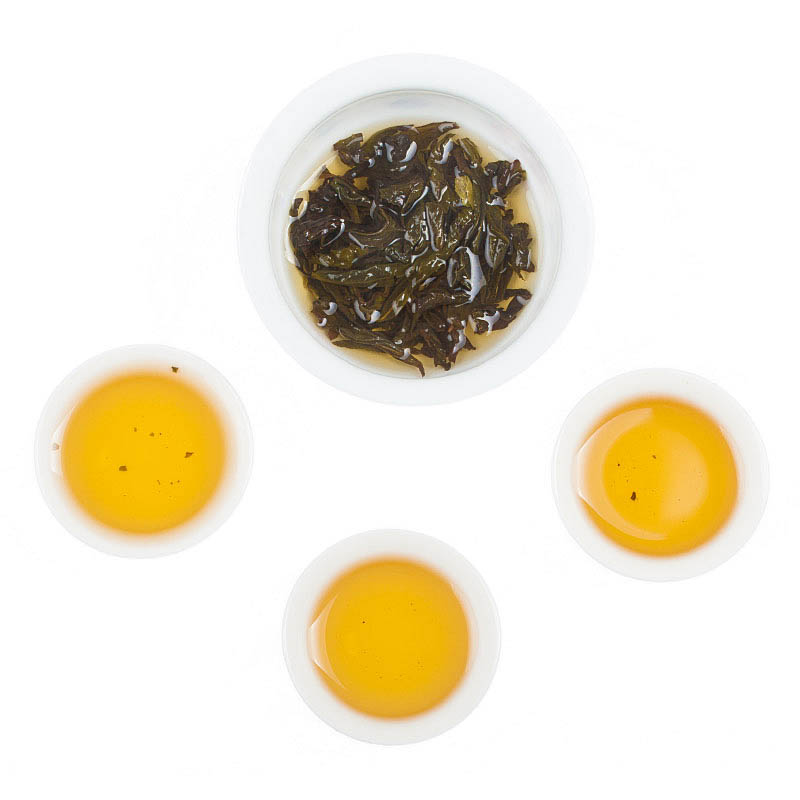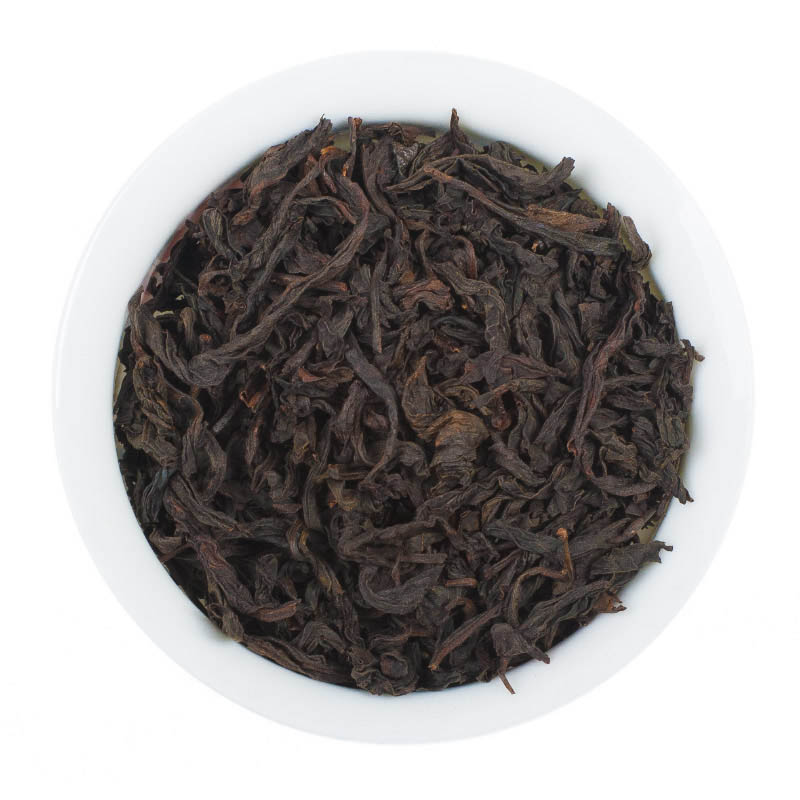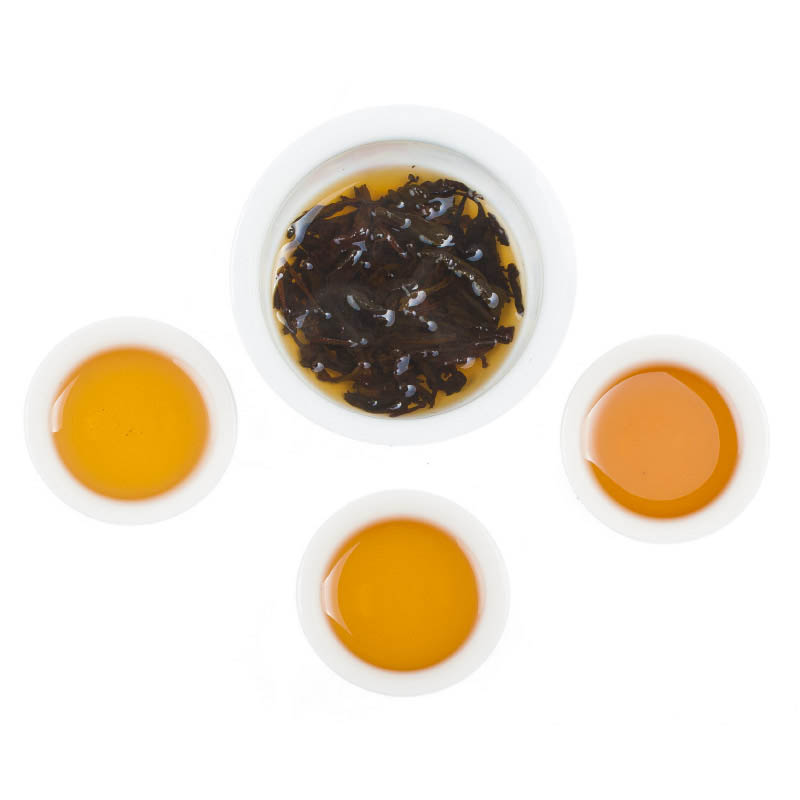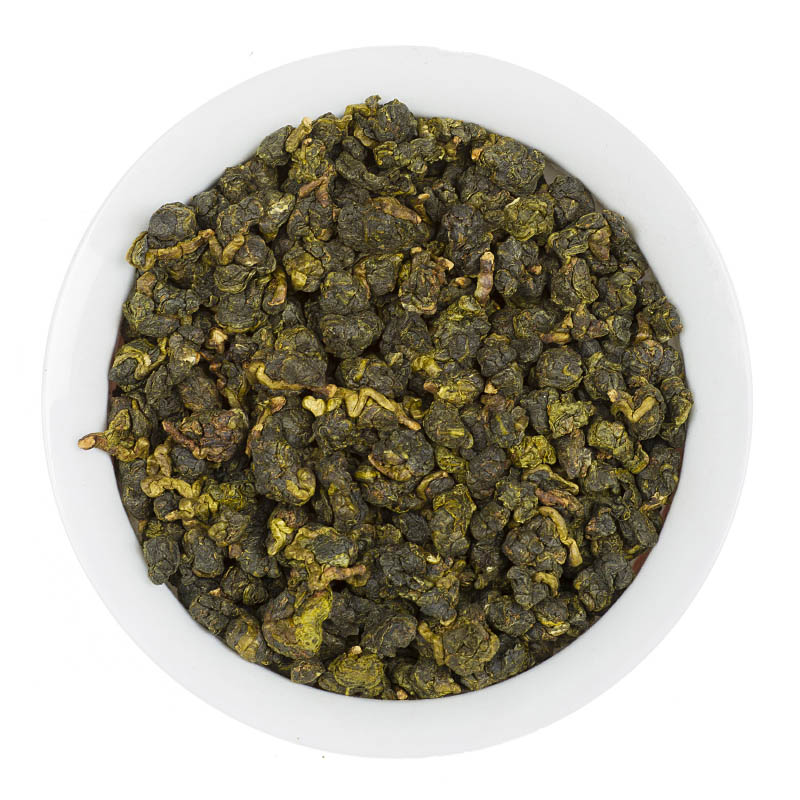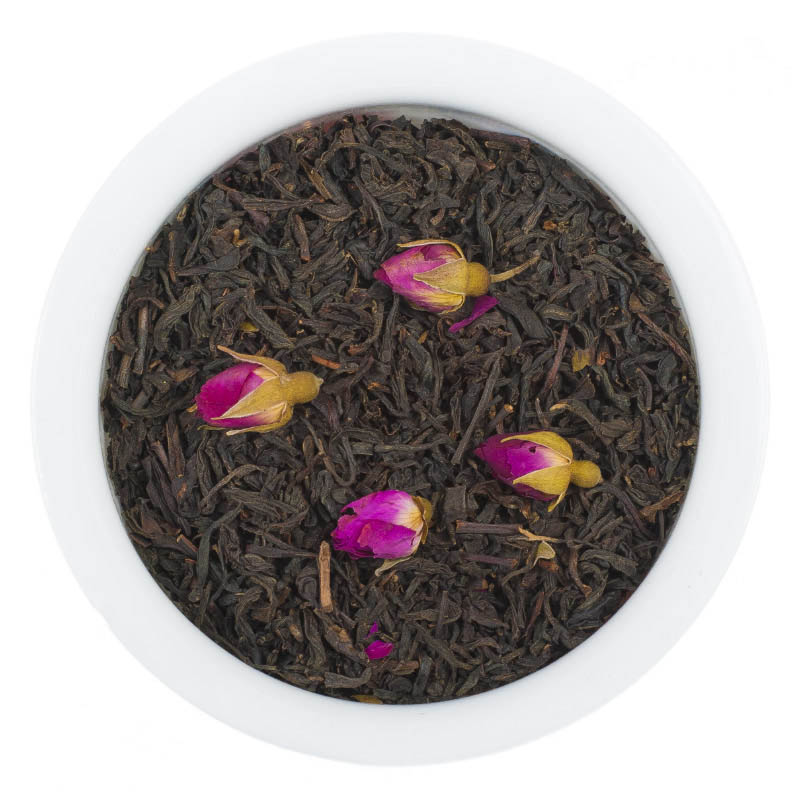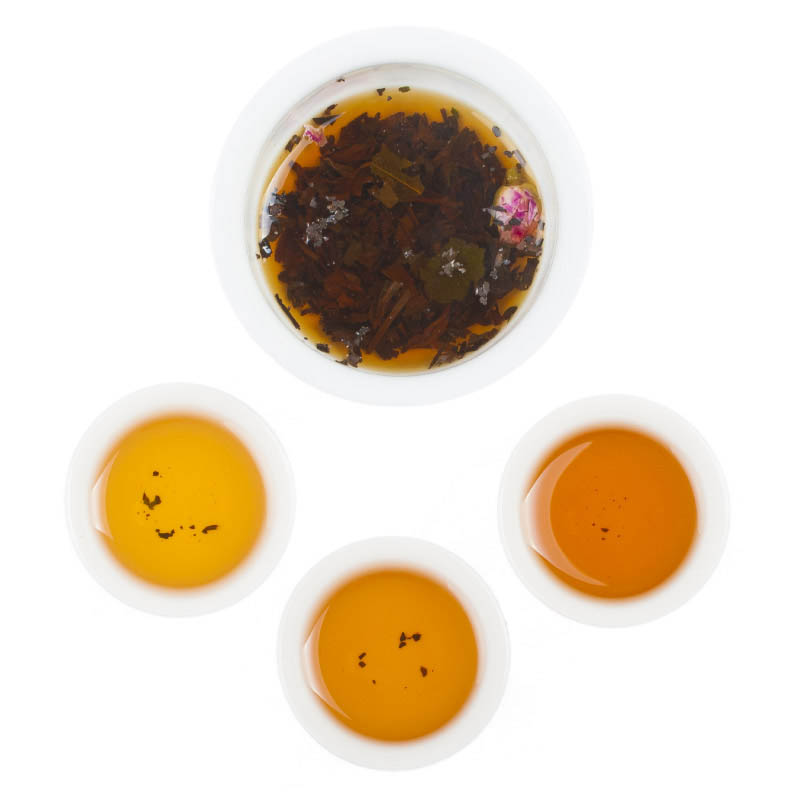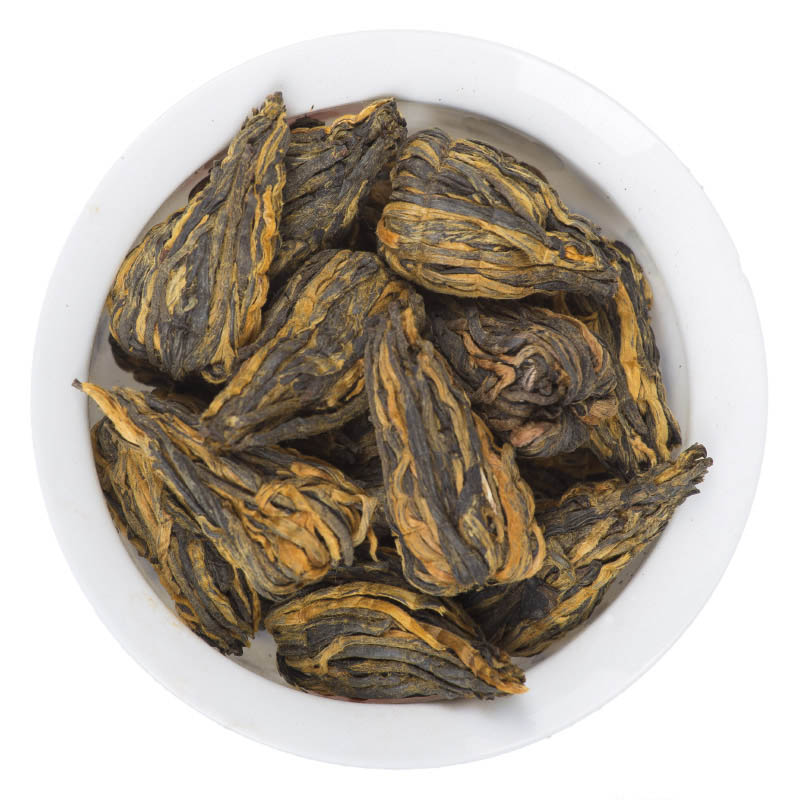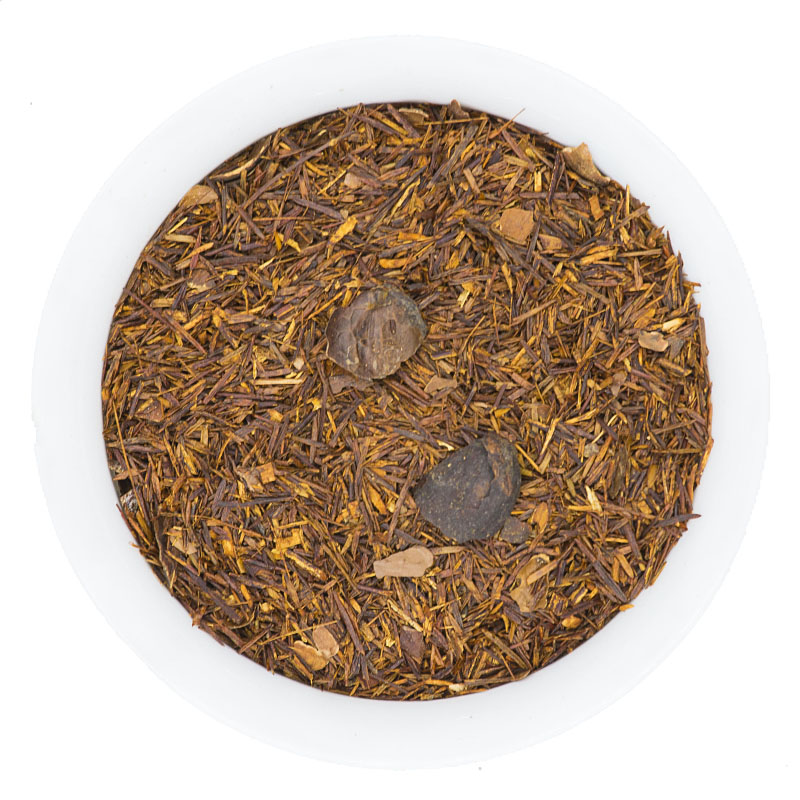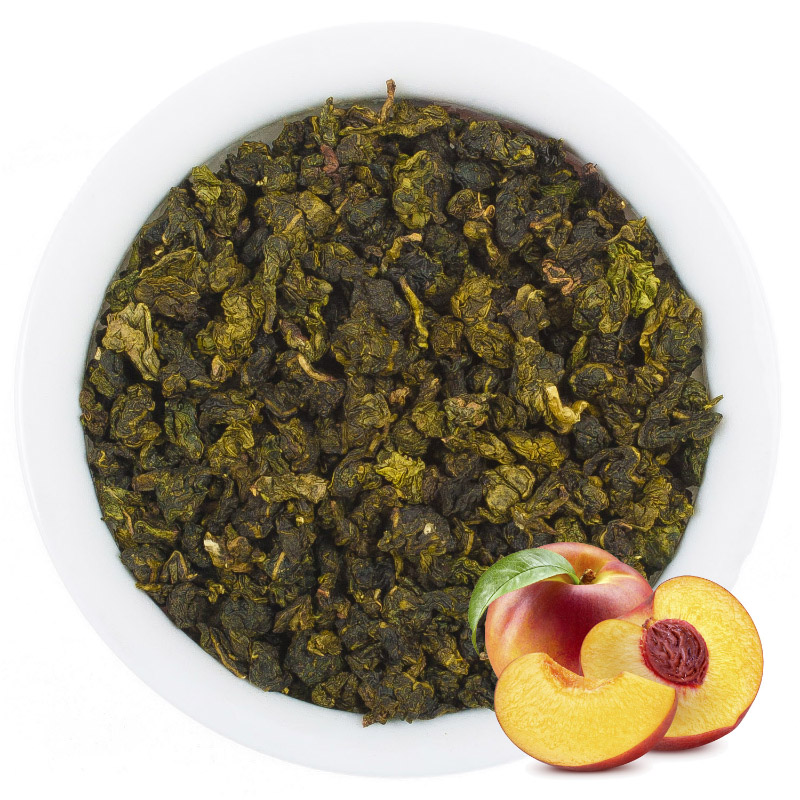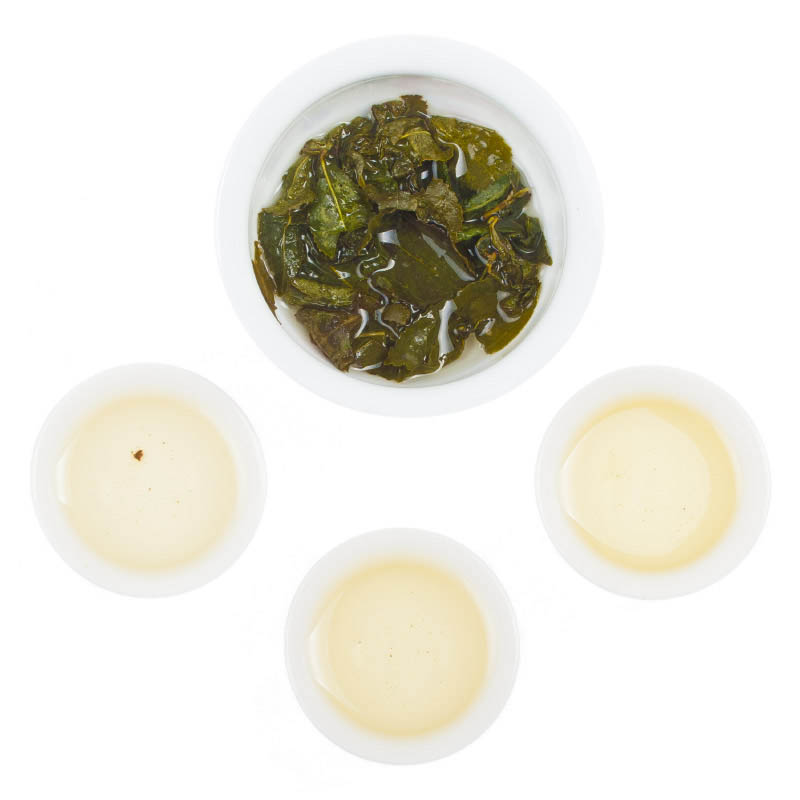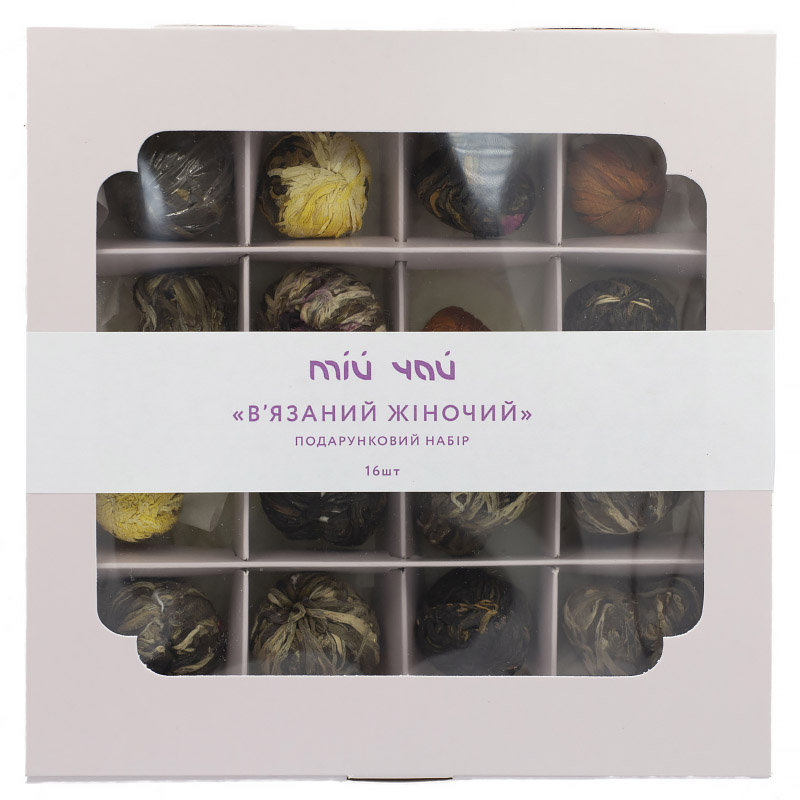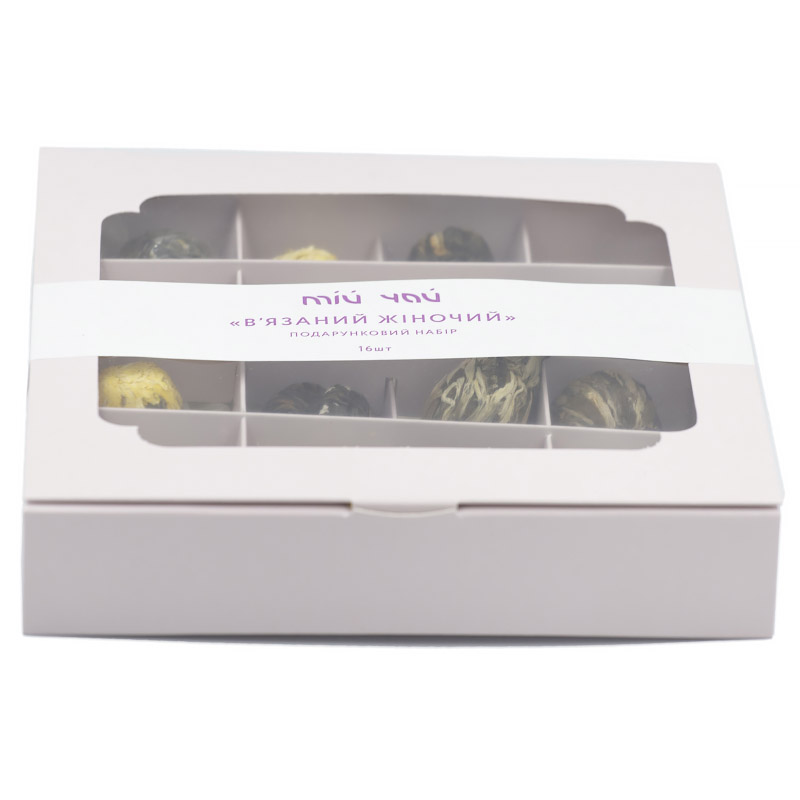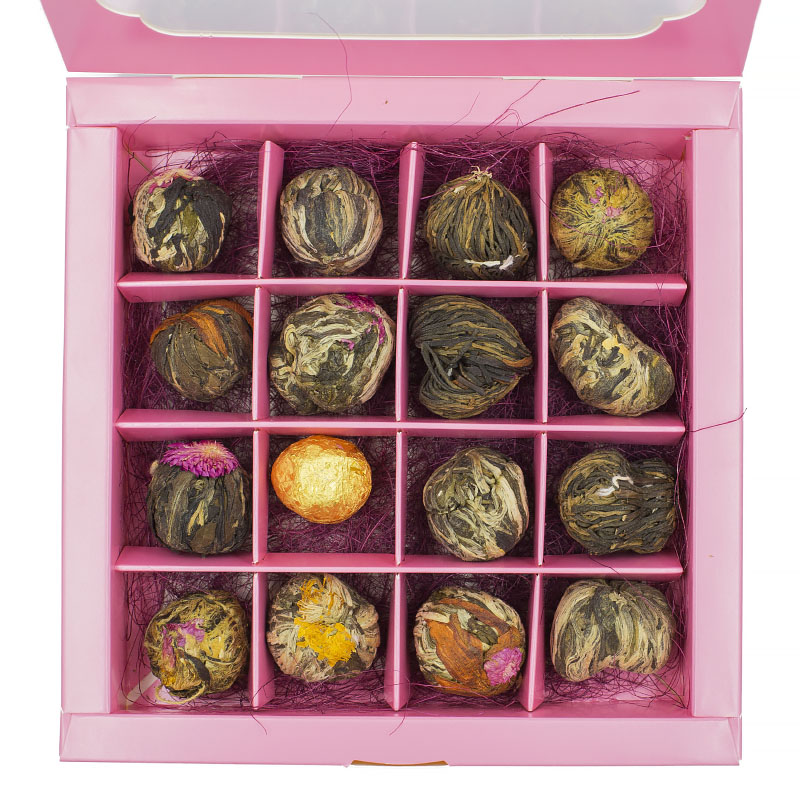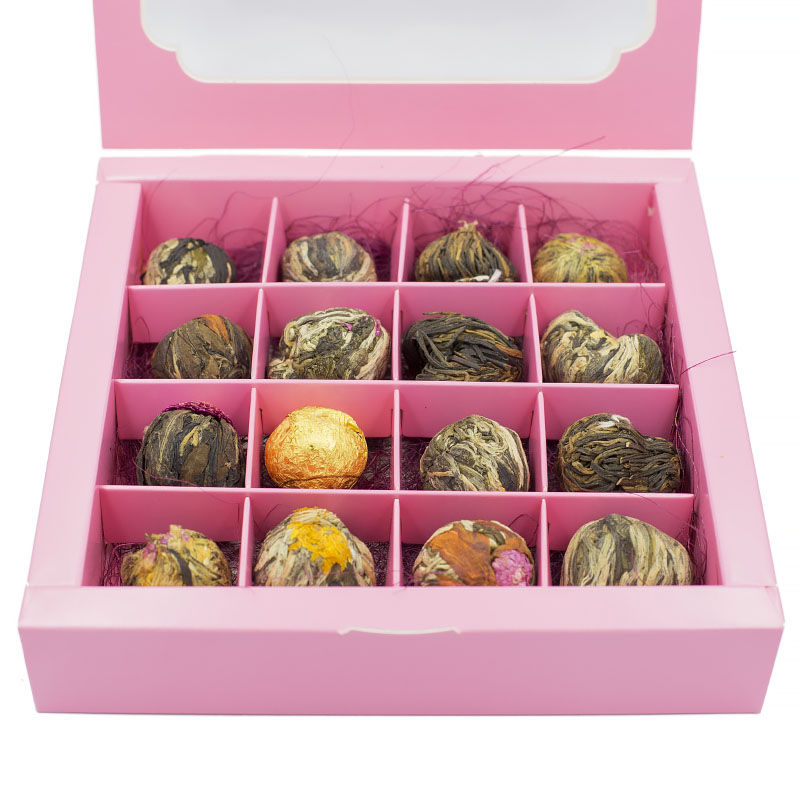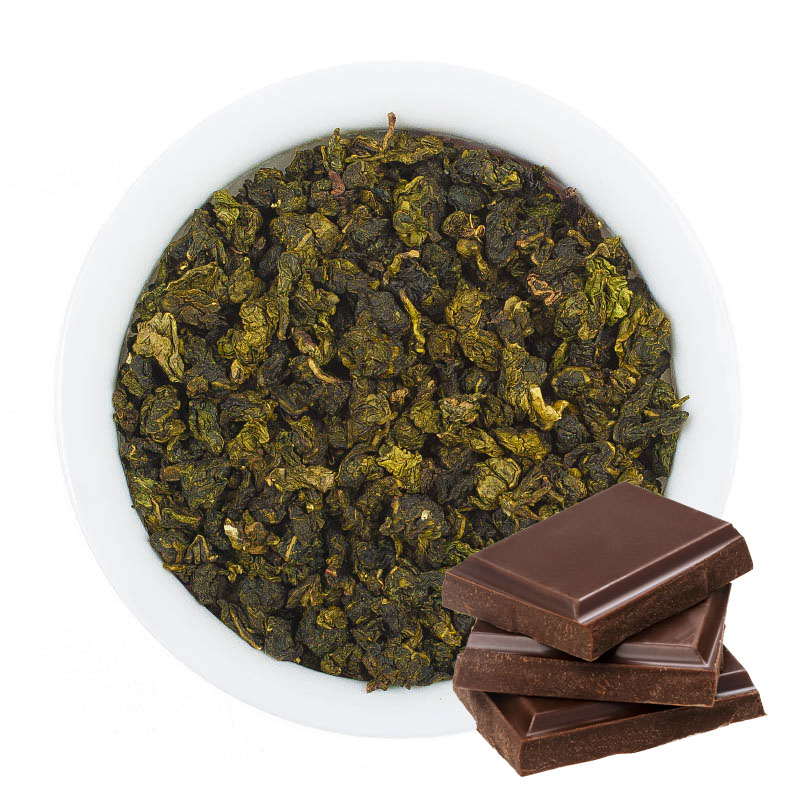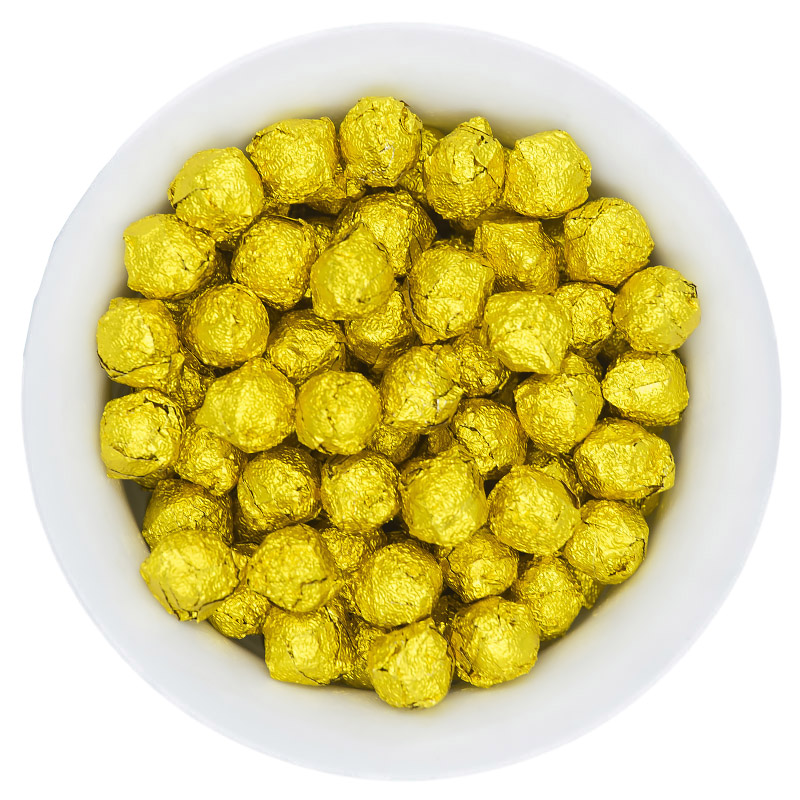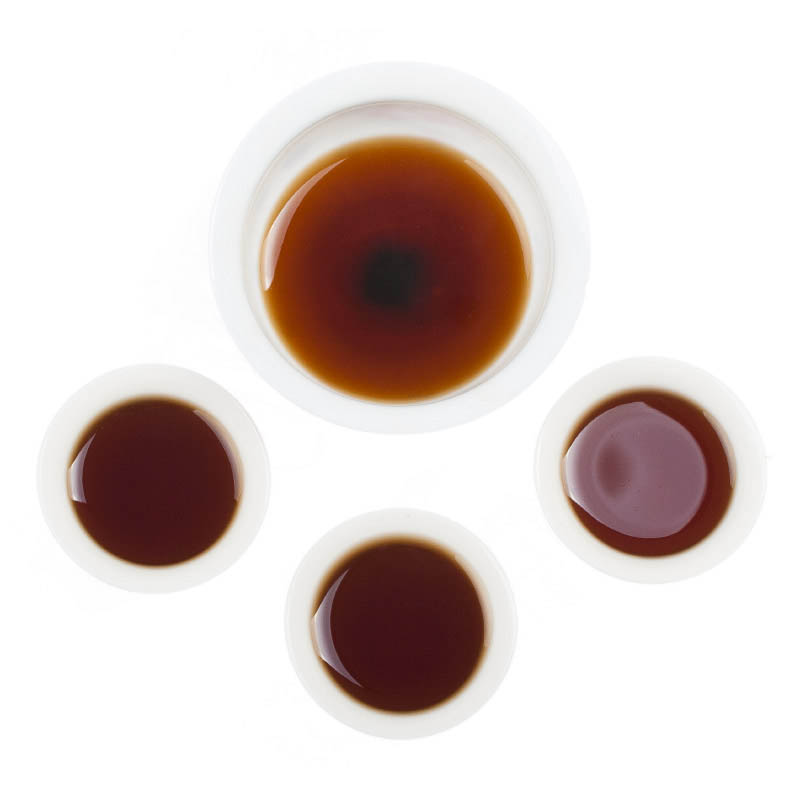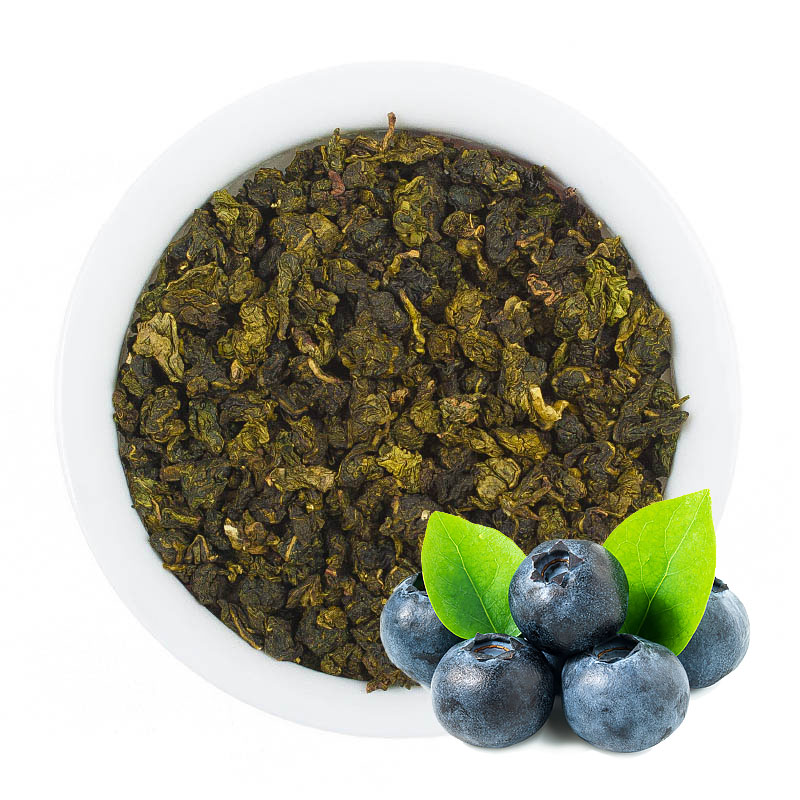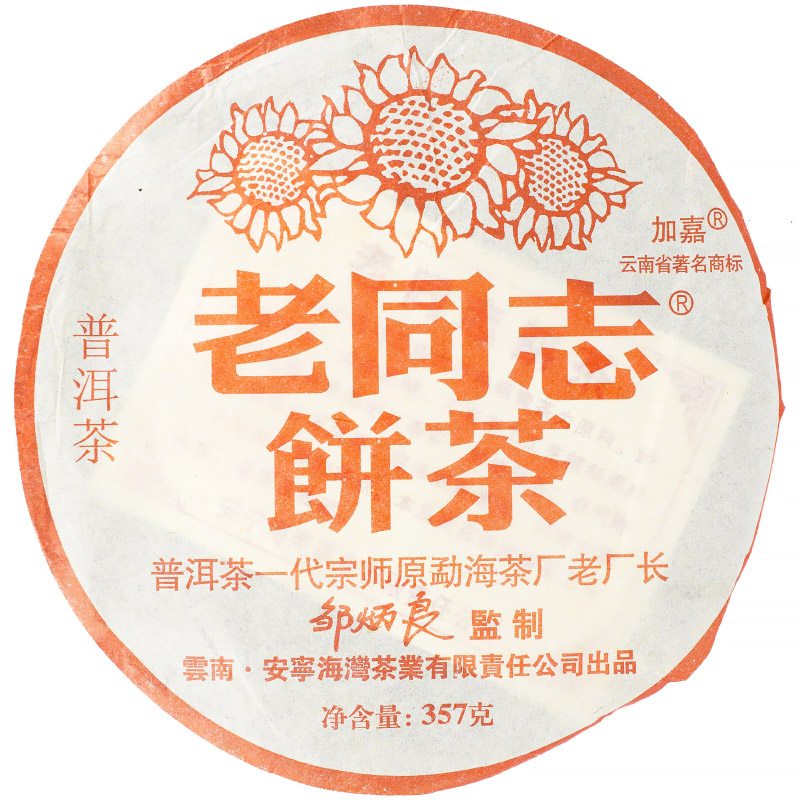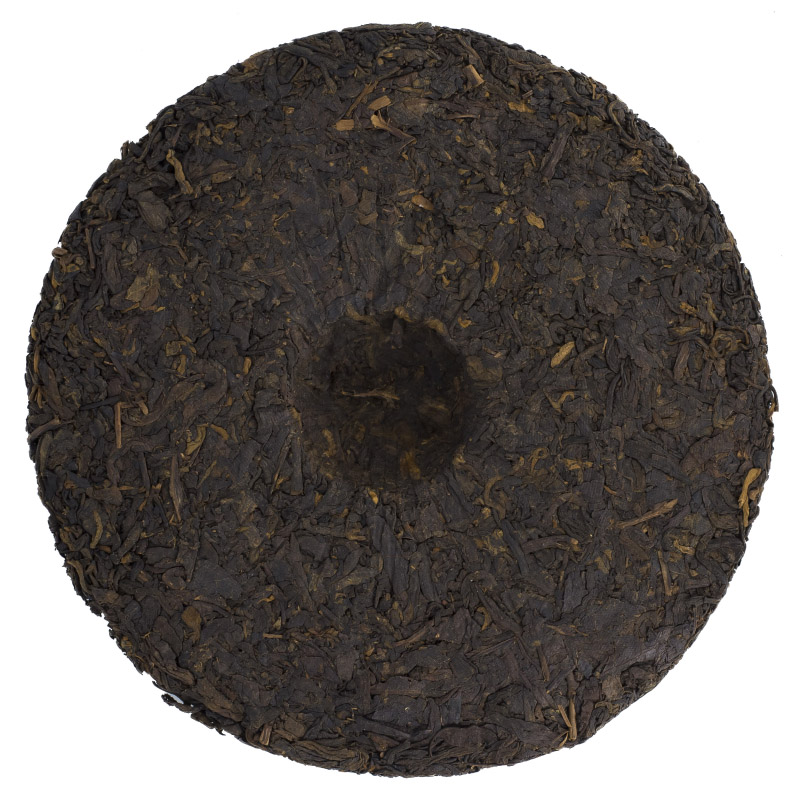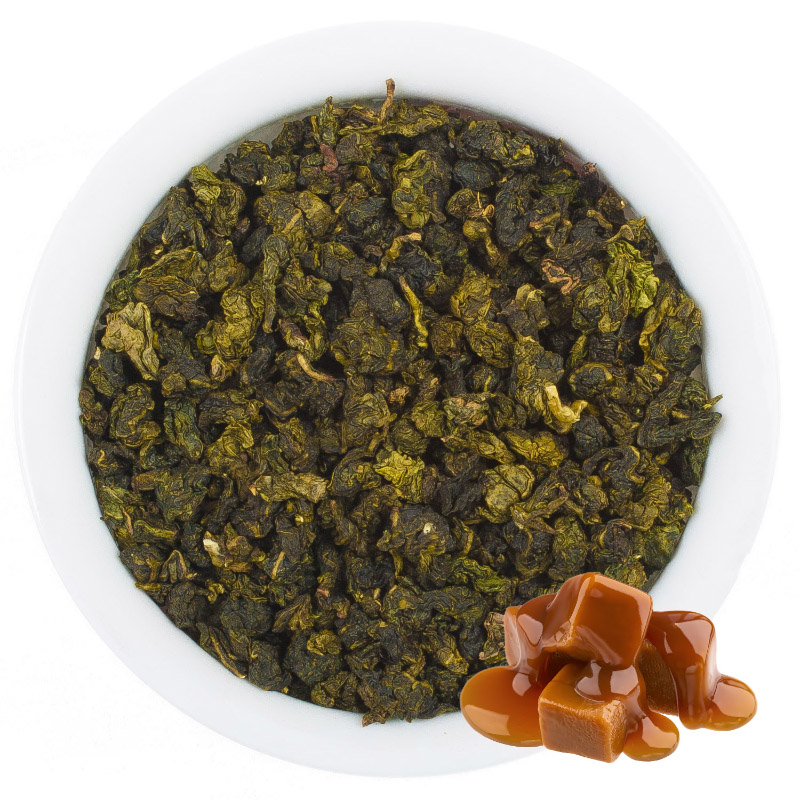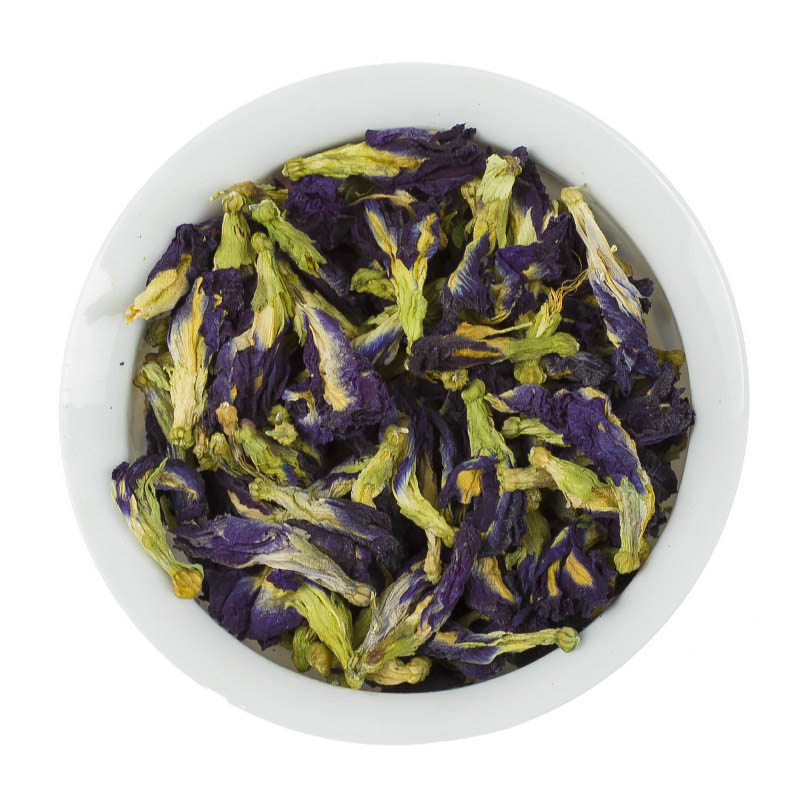How to brew yellow tea to truly experience its refreshing taste and aroma?
“Evening came. The cold January air made me not just walk, but almost run to my friend. With inner delight, I imagined arriving, wrapping myself in a woolen blanket, and sinking into the warmth of a fluffy armchair. Frost stings cheeks and nose, and only one thought rings in my head: faster, faster… At that moment, I didn’t even suspect what awaited me and how my friend could really surprise me… I’ll skip the end of my journey and our meeting… Let me focus on the main thing – my first acquaintance with yellow Chinese tea truly impressed me! And not just impressed. For the first time in my life, I realized I was drinking a truly significant drink, once reserved only for members of the Chinese imperial families and their close circles (as my friend later told me). The clear light golden infusion didn’t just captivate with its rich, slightly sweet taste and refreshing aroma with hints of smoke and pine (variety “Silver Needles”), it made me feel a surge of amazing energy, freedom, and at the same time, calmness. Yes, with every sip of this exquisite drink, I understood I could no longer drink ordinary green tea that I previously bought at supermarkets. The feeling that I could regularly allow myself such an elite drink was a pleasant discovery and an understanding that I appreciate the refined taste of yellow tea. But what pleased me most was that I realized – I am special, not like everyone else…”
This somewhat lyrical but captivating description was found on a tea forum page, and we decided to start the topic “How to brew yellow tea?” with it. Understand us correctly: our goal is not just to tell you about the specifics of brewing yellow tea varieties, but to achieve the main result – to make you fall in love with yellow tea… to make you love it with all your heart… to desire it every day and to remember that “Miy Chay” opened for you the amazing world of Chinese tea and tea ceremonies with elite tea varieties. Agree, such drinks are not consumed in every family today. If people allow themselves this – it means they not only have good taste but truly care about health, beauty, and longevity. Whatever is said, regular consumption of quality elite teas positively affects appearance and overall body condition. Those who have been drinking at least 2-3 cups of this healing nectar daily for years will agree with us. And it’s no wonder. The plant grows in ecologically clean areas of China, absorbing the aromas of spring, blooming fruit trees, and meadow grasses…
Once the process of creating and preparing yellow tea was strictly secret. Even now, the Chinese reluctantly export these types of raw materials, considering them unique and not meant for daily classic tea drinking. After all, these varieties have a privilege that they don’t want to reveal to everyone…
What is the value of yellow tea varieties? These are lightly fermented teas with about 10% oxidation. They rank third after green and white teas. Useful, aromatic, tasty, like true elite Chinese teas made through special production processes passed down from generation to generation for centuries.
How to brew yellow tea?
The ceremony of proper brewing requires appropriate utensils, water, and actions so that the tea leaf opens correctly and the drink acquires natural taste and aroma beauty accompanied by healing properties. Yes, yellow tea is not only tasty and aromatic but also beneficial. Its benefits are highly valued and with regular consumption (3-4 cups a day) it shows excellent results affecting both appearance and overall body condition. To get the medicinal properties, you need to know how to brew yellow tea, how long, how many times and… There are nuances, but the process itself is not complicated or unclear… Everything is simple and surprisingly easy! Even a modern schoolgirl striving for a healthy lifestyle and wanting to impress not only family members but also friends with good taste and a pursuit of everything elegant, exquisite, unique can handle elite Chinese tea.
Utensils
Yellow tea is exactly the kind that simply requires special utensils. In China, this is definitely a gaiwan (you can also use a classic small-volume teapot). The tea ceremony should also involve a cha hai (an intermediate vessel where the brew from the gaiwan is poured and then distributed into small cups) and small cups. When buying expensive, rare, quality tea raw materials from China, like yellow varieties, you should understand – this is not a “supermarket surrogate.” This is natural tea consisting of unopened buds and young leaves covered with a thick white down. It is not just a tea leaf – it is unique raw material that has undergone a special technological process, resulting in an exclusive taste and aroma with no equal. Therefore, the utensils must meet the appropriate level.
Which material to choose?
- If you want to enjoy the aesthetic beauty, namely the play of tea leaves gracefully balancing and unfolding in the brewing vessel – prefer glassware.
- A porcelain (faience) tea set that holds heat well and looks beautiful on both festive and everyday tables will attract those who strive for kitchen elegance at home. Moreover, it is convenient, practical, and correct both in terms of brewing and drinking.
- Yixing clay. One could write a whole treatise about it, but that’s another story… The main thing is its natural structure allows the tea leaf to “breathe,” fully unfolding. At the same time, it absorbs the aroma and taste of the tea with each brewing, then gives them back to the next brew. As a result, the drink gains real uniqueness impossible to replicate. When using a Yixing clay teapot, remember that it is meant only for brewing one kind of tea (once used, you cannot brew puerh or red tea in it – the taste and aroma will be completely spoiled).
Suppose you decided on the material. The next question is…
Water
Ideally, water should be spring water. Logical question – but where to get it? Not many have this chance. The solution is to use purified, bottled, soft water without specific tastes or aromas.
How to brew yellow tea?
- Rinse the gaiwan (brewing vessel) with boiling water to warm it to the right temperature.
- Add dry tea leaves. The ratio is 3-4 grams of raw material per 150 ml of water.
- Pour water. Under no circumstances use boiling water! It will “kill” the delicate taste and aroma of yellow tea! Water temperature should not exceed 75-80°C, max 85°C. Without steeping, immediately pour out. This step cleans the tea leaves from dust and small debris and opens them at the initial stage.
- Pour water again and steep for 30-40 seconds, then pour into the cha hai (fair cup), and from there into small cups.
- How many times can you brew yellow tea? 3-4 times in a row, depending on the variety and taste preferences. The last infusion will be colorless with a barely noticeable aroma.
- How long does each brew take? First time – 30-40 seconds, subsequent infusions increase by the same amount. Second – 1 minute, third – 1.5 minutes, fourth – 2 minutes…
- To understand if you brewed the tea correctly – assess bitterness. If absent – correct, if present – overbrewed.
Consumption process
Drink aromatic yellow tea in small sips and warm (not hot). Only then can you appreciate its advantages manifested in a bright, soft, velvety, invigorating, slightly sweet taste and floral-fruity aroma with smoky notes. What an original aftertaste! Gourmets appreciate its uniqueness.
Brew yellow tea and allow yourself to feel “on top” even on a “grey,” seemingly unlucky day. This elite drink will dispel any gloom and fill your heart with warmth, calmness, and serenity…
